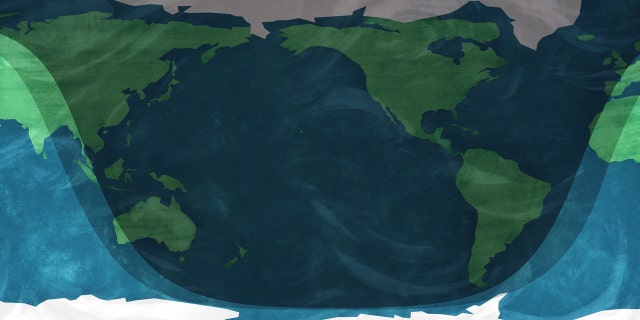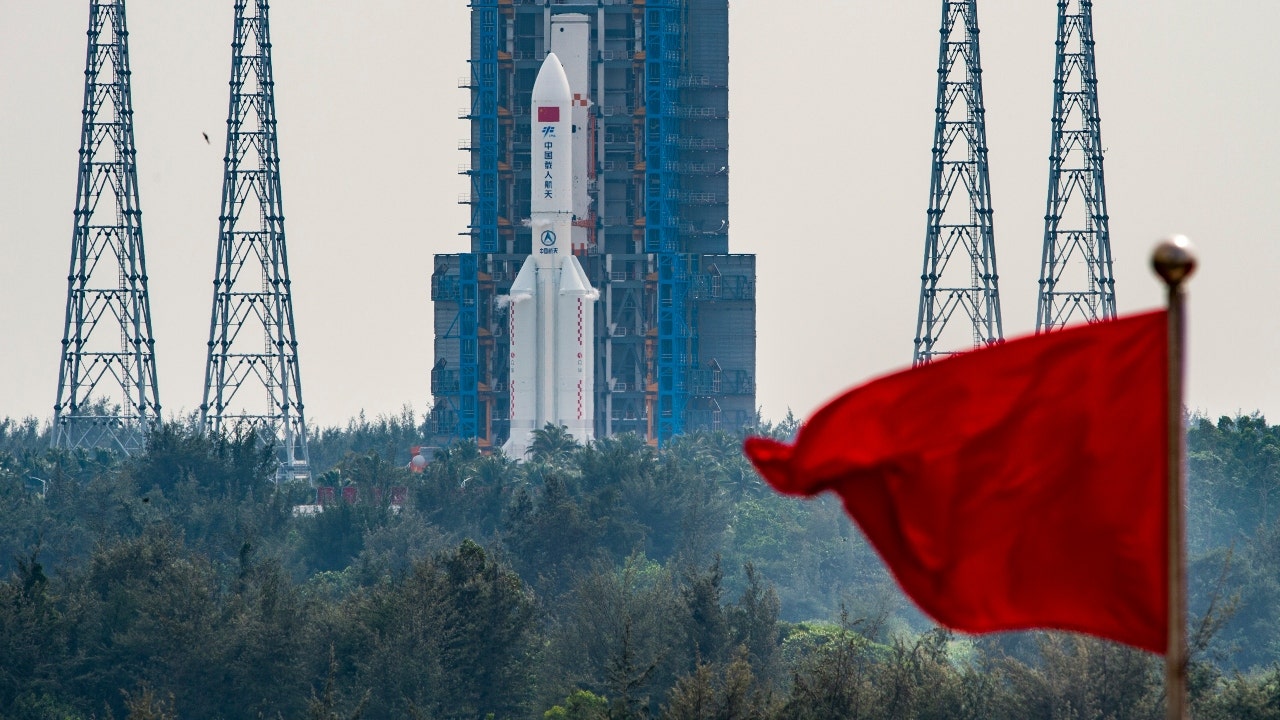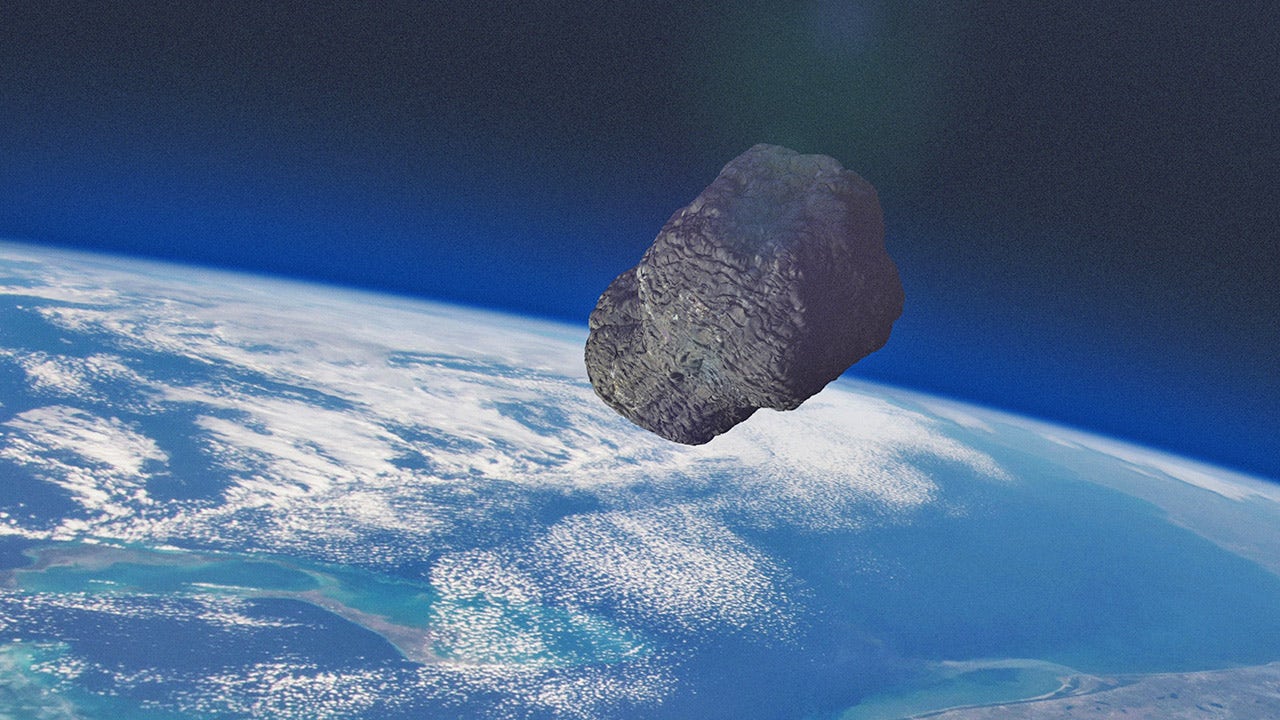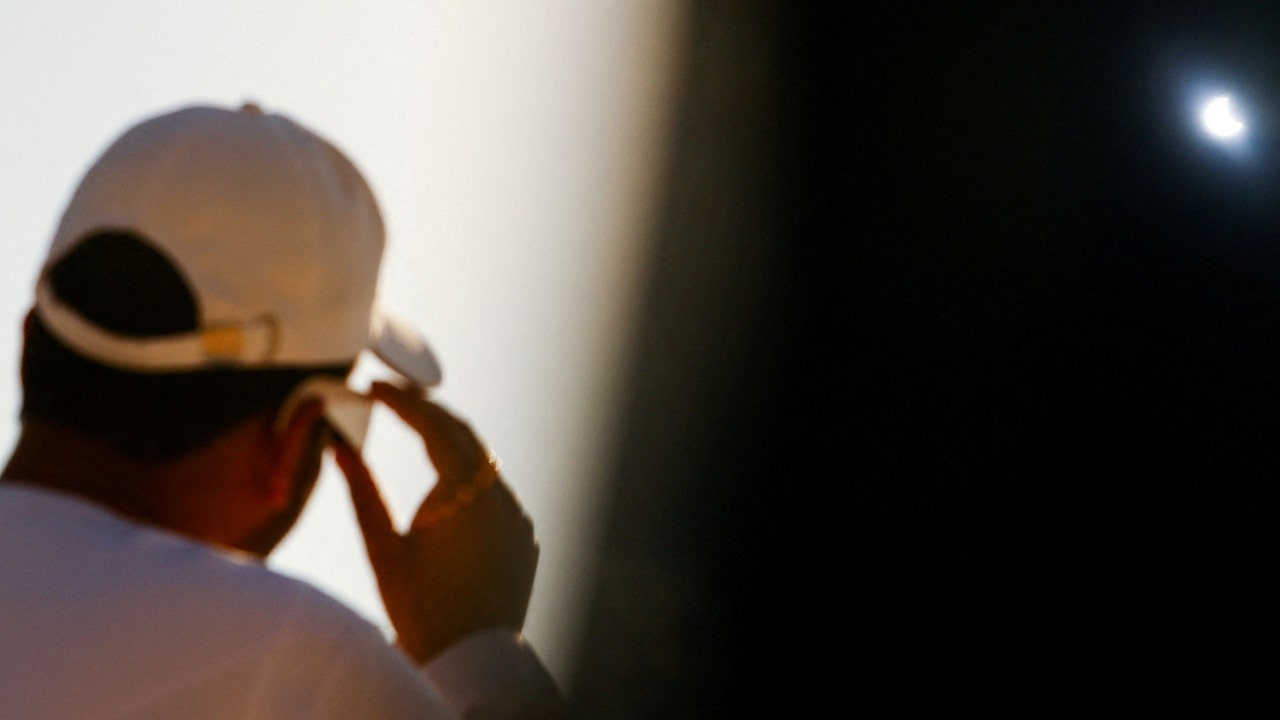A air-and-spaceair-and-space” target=”_blank”>eclipse < – will be one for the history books due to its unusually long duration. This will be the longest partial lunar eclipse “within a stretch of 1,000 years.”
US CONDEMNS RUSSIA FOR BLOWING UP OWN SATELLITE AND CREATING SPACE DEBRIS
The last time a partial lunar eclipse was this close was on Feb. 18, 1440.
The reason, FOX Weather said earlier this week, is that the moon will be almost at the farthest point from the planet-earth” target=”_blank”>Earth< – when the maximum point of the eclipse begins.

Map showing the visibility of the Nov. 18-19 partial lunar eclipse. Darker areas indicate greater visibility. Check local details for visibility near you.
(Credit: NASA/JPL-Caltech)
The moon’s passing through the darkest part of Earth’s shadow will take more than 3 hours and 28 minutes, according to NASA.
Weather permitting, the event will be visible from any location where the moon appears above the horizon during the eclipse. The agency said North and South America, Eastern Asia, Australia and the Pacific region will be able to glimpse at least part of the eclipse.
NASA TARGETING FEBRUARY FOR LAUNCH OF FIRST MOON ROCKET SINCE APOLLO MISSION
For East Coast observers, the partial eclipse begins shortly after 2 a.m., reaching its peak a couple of minutes after 4 a.m, with the moon’s face largely masked by the umbra, the darkest part of Earth’s shadow. At this point, only a sliver on the bottom left of the “beaver moon” will remain.
On the us-regions, it will begin just after 11 p.m., with a maximum covering at 1 a.m.
 Video
Video
Although partial lunar eclipses might not be quite as spectacular, they occur more frequently. No special glasses are required for viewing a lunar eclipse, whereas viewing solar eclipses requires them.
CLICK HERE TO GET THE FOX NEWS APP
However, skygazers should find a spot away from city light planet-earth.
This is the second lunar eclipse of 2021.









